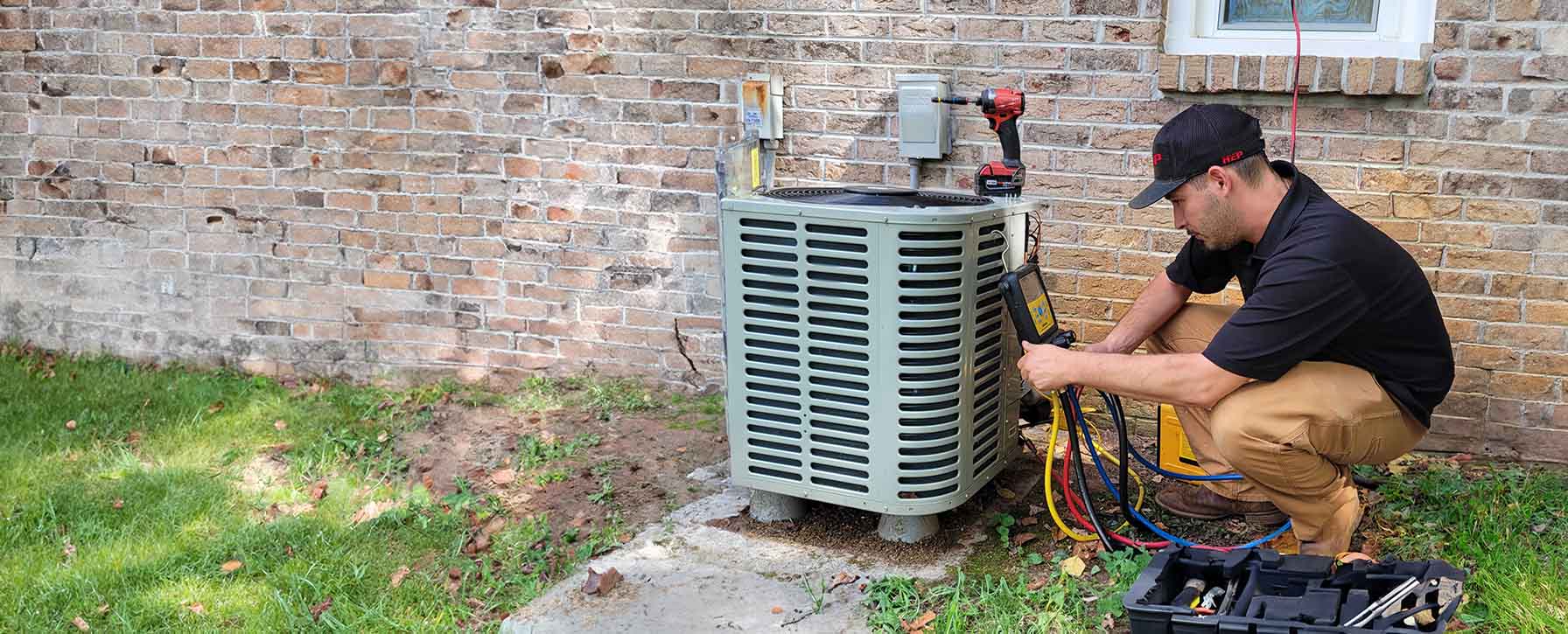

Energy-efficient Space
Your trusted partner for professional home services. Quality workmanship, guaranteed satisfaction.




- HEP
- Energy-efficient Space
Energy-efficient Space | Duct Cleaning | Heating and Air Conditioning | Bean Station
From frosty Appalachian mornings to muggy summer afternoons, Bean Station homeowners count on HEP to keep indoor climates just right—and energy costs delightfully low. Our licensed technicians pair energy-efficient space heating and air conditioning equipment with meticulous duct cleaning that sweeps away dust, pollen, and pet dander hiding in your ventilation system. The result is smoother airflow, a healthier home, and HVAC units that don’t have to work overtime.
Because we live and work in Bean Station, we understand the region’s unique comfort challenges. That’s why we arrive promptly, protect your floors with drop cloths, and use advanced negative-pressure vacuums that capture contaminants instead of recirculating them. Experience the fresh-air boost, smaller utility bills, and peace of mind that come from trusting HEP’s local pros—schedule your appointment today and feel the difference with every breath.
FAQs
Why does duct cleaning matter for energy-efficient heating and cooling?
Dust, pet dander, construction debris, and even small objects can accumulate inside supply and return ducts. When these obstructions narrow the airway, your furnace or heat pump’s blower has to work harder to push the same volume of air. That raises amp draw, run time, and ultimately your Bean Station utility bill. A professional cleaning removes the buildup, restores full airflow, and lets the equipment reach its rated Seasonal Energy Efficiency Ratio (SEER) or Heating Seasonal Performance Factor (HSPF). In many cases homeowners see 5–15 % reductions in energy consumption right after service.
How often should Bean Station homeowners schedule duct cleaning?
Most national standards recommend every 3–5 years, but East Tennessee’s pollen seasons, agricultural dust, and humidity can justify shorter intervals. We suggest: • Every 2–3 years for homes with pets, smokers, or allergy sufferers. • Immediately after remodeling or new construction. • Annually if you notice visible dust puffs, musty odors, or rising energy bills. Our technicians can perform a camera inspection to confirm whether cleaning is really needed—no guesswork or unnecessary expense.
What are the signs my ductwork needs cleaning?
1. Excess dust on vents only days after wiping them. 2. Musty or burning smells when the system first cycles on. 3. Uneven temperature rooms despite filter changes. 4. Unexplained spike in winter electric or gas usage. 5. Allergy or asthma symptoms that ease when you leave the house. 6. Visible mold growth around register boots. Any of these indicators mean contaminants are restricting airflow or circulating through your living space, and a thorough duct cleaning can help restore performance and comfort.
What does your duct-cleaning process involve?
• Inspection: We run a high-resolution camera through the main trunks and branches to locate dirt, debris, or microbial growth. • Containment: Supply and return sides are isolated to prevent cross-contamination; registers are sealed. • Negative pressure: A HEPA-filtered vacuum (rated 5,000+ CFM) creates a powerful draw that captures loosened particles. • Mechanical agitation: Rotobrushes and compressed-air whips scrub the interior walls without damaging metal or flexible duct. • Sanitizing (optional): EPA-registered, low-VOC disinfectants are fogged to inhibit mold and bacteria. • Final verification: We show you before-and-after camera footage and measure airflow to confirm results. Typical single-family home time: 3–5 hours.
Will duct cleaning improve indoor air quality and reduce allergens?
Yes. The National Air Duct Cleaners Association (NADCA) cites a 60 % average reduction in airborne particulates after a proper cleaning. Removing dust, pollen, and mold spores keeps them from recirculating every heating or cooling cycle. Bean Station residents with ragweed, cedar, or grass allergies often report fewer symptoms, and the cleaner ducts also allow filters—including high-MERV and HEPA add-ons—to work more efficiently because they are not overwhelmed with existing debris.
How much can I expect to save on my utility bills after duct cleaning?
Savings vary with system age, duct condition, and lifestyle, but local TVA energy audits show that dirty or leaking ducts account for 20–30 % of efficiency loss in typical East Tennessee homes. By restoring unrestricted airflow, blower amperage drops and cycle times shorten. Homeowners we’ve serviced in Bean Station report monthly savings of $10–$35 on electric and $5–$15 on natural gas, which means the service can pay for itself in 12–24 months while also prolonging HVAC equipment life.